How to Make the Perfect Sauce: Mastering Béarnaise, Béchamel & More
LE CORDON BLEU MALAYSIA
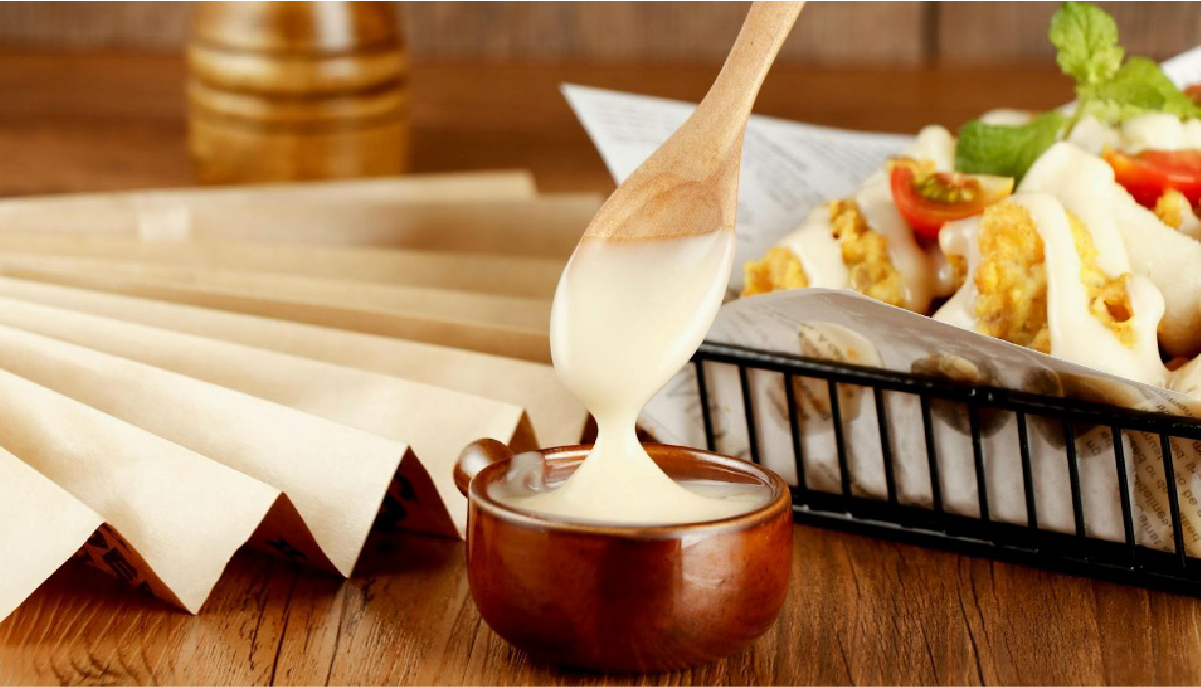
Behind every unforgettable dish lies a great sauce. From a creamy béchamel in a classic croque monsieur to the luxurious drizzle of béarnaise over grilled steak, sauces are the silent stars of French cuisine — elevating the simplest ingredients into culinary masterpieces.
At Le Cordon Bleu Malaysia, a leading culinary school with a proud French heritage, we teach aspiring chefs and passionate home cooks that mastering a few foundational sauces is one of the most powerful ways to transform their cooking. These sauces don’t just add flavour — they add soul.
Whether you're considering a culinary course in Malaysia or simply looking to improve your kitchen skills, sauce mastery is an essential part of your culinary journey.
Why Sauces Matter in Cooking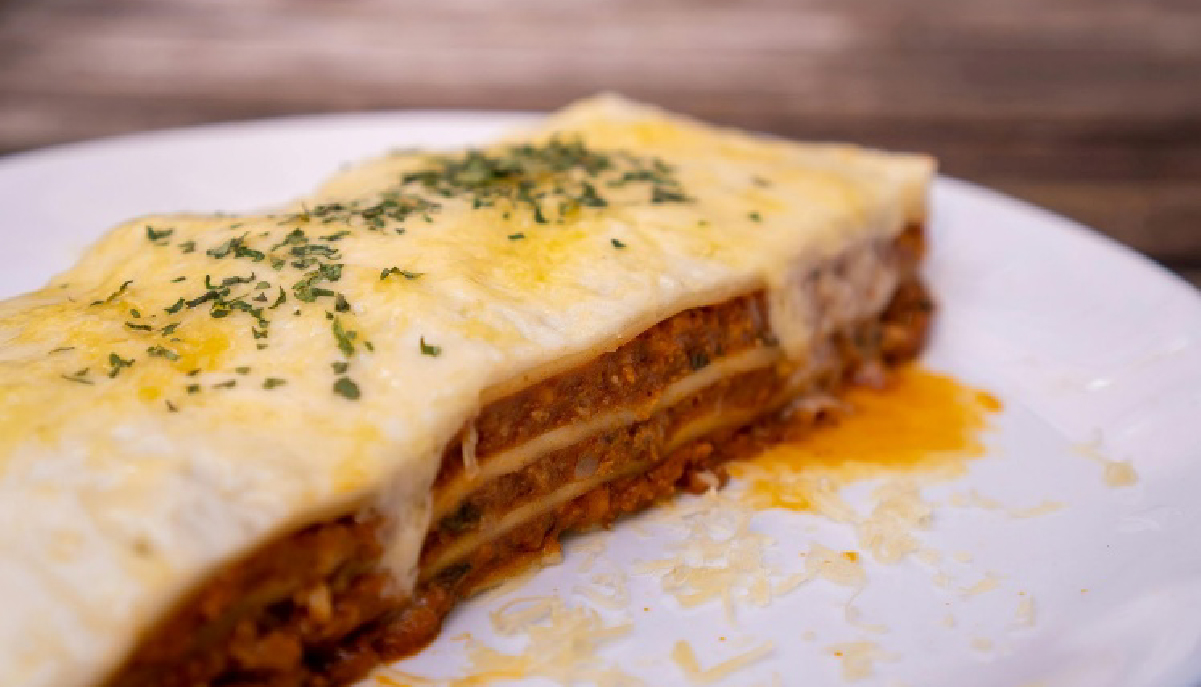
A well-executed sauce brings harmony to a plate. It adds moisture, balances flavours, and introduces contrast in texture or temperature. The same grilled chicken breast can feel entirely different when paired with a rich velouté, a tangy tomato sauce, or a buttery hollandaise.
In classical French cuisine, the five “Mother Sauces”, first codified by chef Auguste Escoffier, serve as the base for countless other variations. Learning these mother sauces — and how to build upon them — is essential for any serious cook and forms a core part of the culinary arts diploma course at Le Cordon Bleu.
Let’s explore each one — and how to perfect them.
Béchamel – The Creamy Classic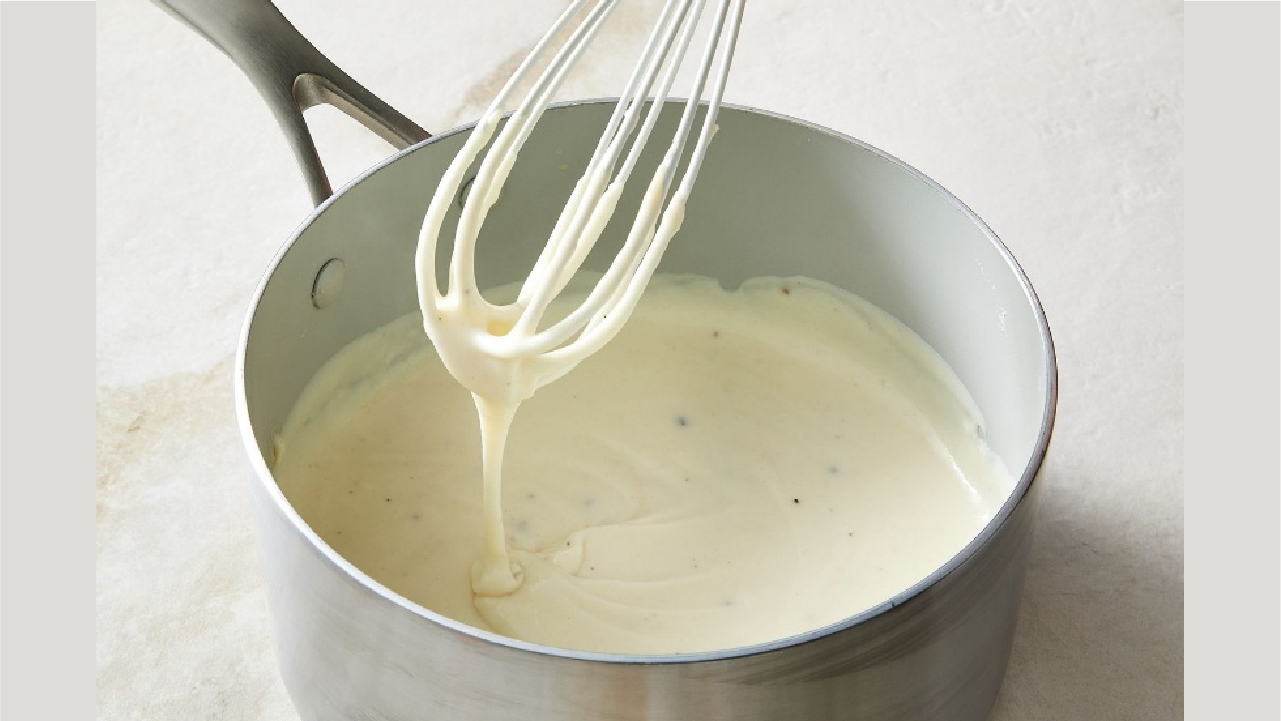
Image Source: Martha Stewart
What it is: A white sauce made with milk thickened by a white roux (equal parts butter and flour).
Used in: Lasagna, gratins, mac and cheese, croque monsieur, moussaka.
Chef tips:
- Melt butter and stir in flour to create a smooth roux. Cook it gently to avoid a raw flour taste.
- Slowly whisk in warm milk, stirring constantly to avoid lumps.
- Season with salt, a pinch of white pepper, and a hint of nutmeg for warmth.
Béchamel is a gateway sauce. Once you master it, you can create derivatives like mornay (béchamel + cheese) or soubise (béchamel + onions).
Velouté – The Silky Sibling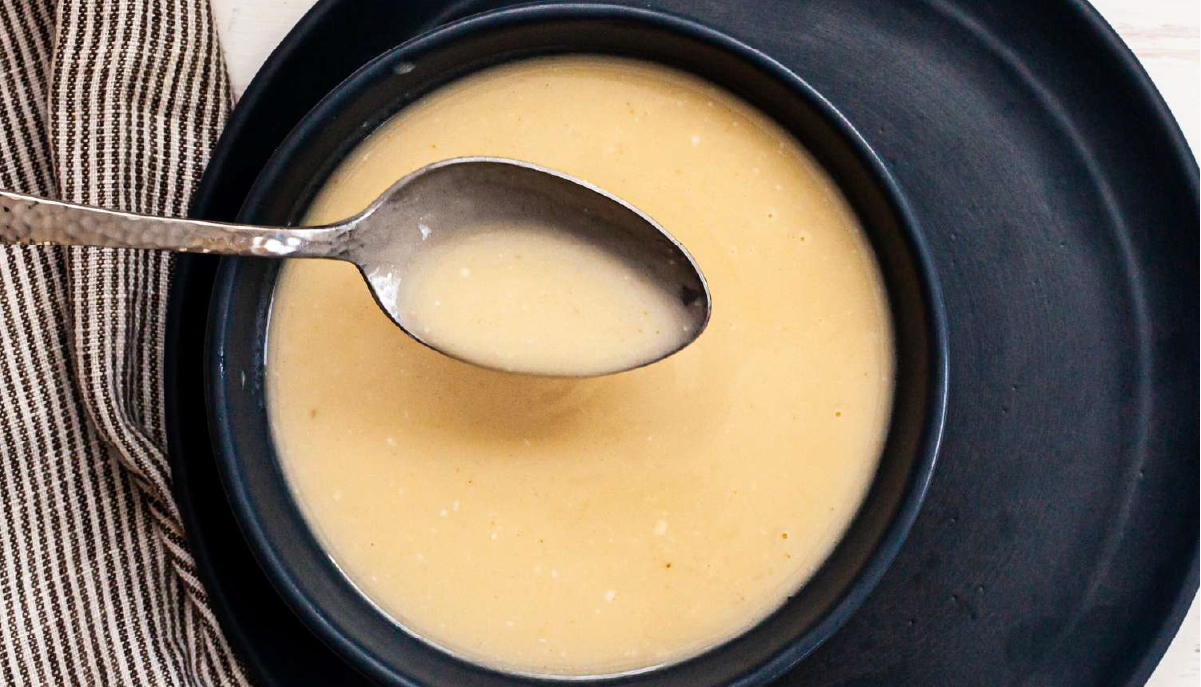
Image Source: Simply Recipes
What it is: A stock-based white sauce thickened with roux.
Used in: Chicken dishes, poached fish, light vegetable preparations.
Chef tips:
- Choose your stock wisely: chicken stock for poultry, fish fumet for seafood.
- The base is similar to béchamel — start with a white roux, then whisk in stock instead of milk.
- From velouté, you can create sauce suprême (with cream) or sauce vin blanc (with white wine and shallots).
Velouté is lighter than béchamel, offering subtlety and refinement — perfect for delicately flavoured proteins and plant-based alternatives featured in many Malaysia chef training programs.
Espagnole – The Deep and Rich One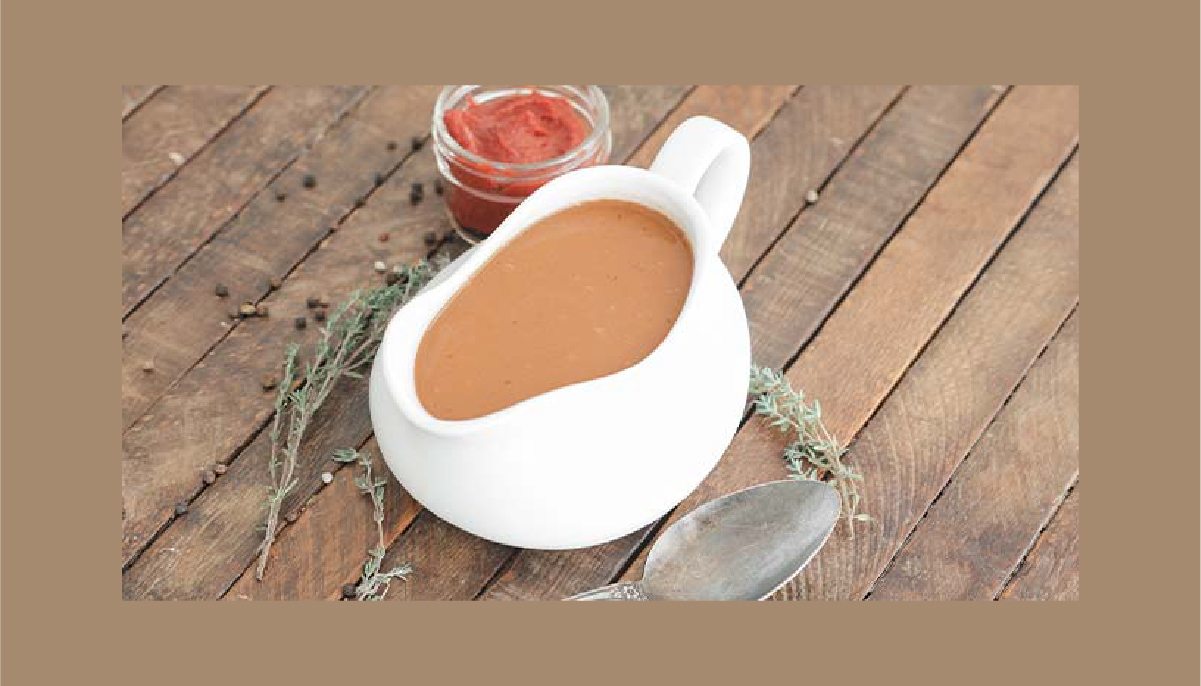
Image Source: Billy Parisi
What it is: A brown sauce made with brown stock (like veal or beef), browned roux, tomato purée, and mirepoix (onions, carrots, and celery).
Used in: Braises, roasts, and stews. It’s the foundation of demi-glace.
Chef tips:
- Brown your roux and vegetables well to build flavour through caramelisation.
- Simmer slowly and skim regularly for clarity and depth.
- Let it reduce and concentrate naturally over time.
Espagnole adds complexity and boldness to red meats. It’s a lesson in patience, slow cooking, and flavour layering — a hallmark skill taught at any top-ranked culinary institute.
Tomato Sauce – More Than Just Pasta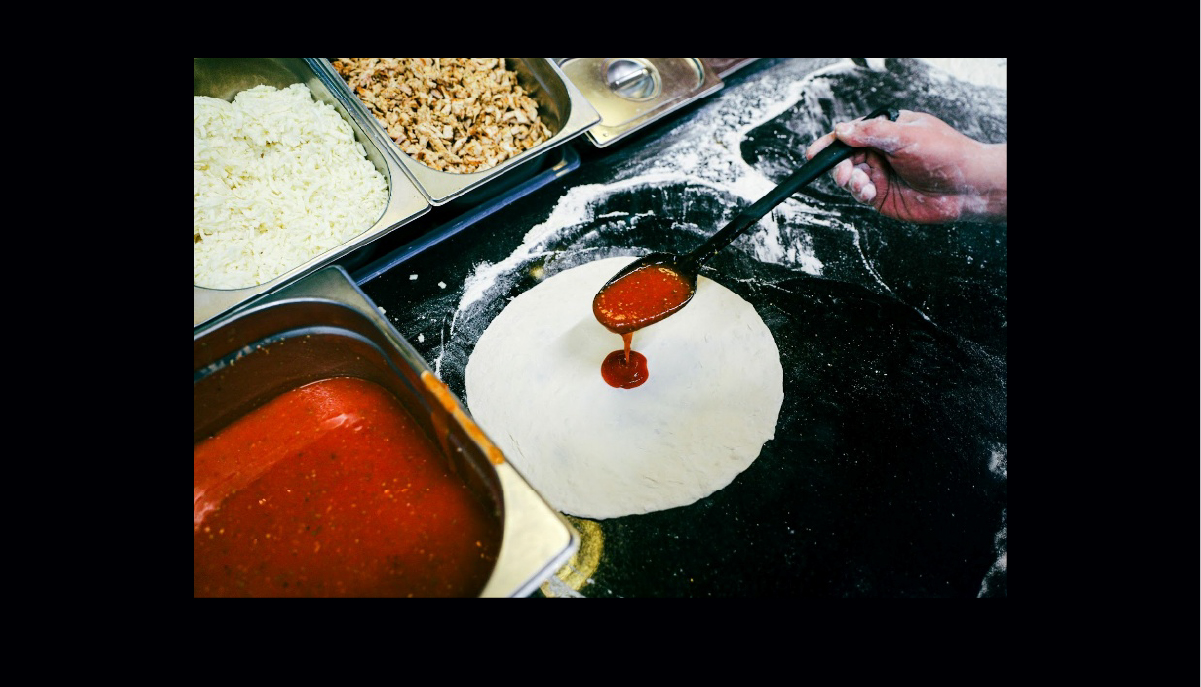
What it is: A sauce made from tomatoes, aromatics, and sometimes stock.
Used in: Pasta, vegetables, meatballs, seafood, and more.
Chef tips:
- French-style tomato sauce often starts with a roux and includes stock or salt pork for added richness.
- Italian-style relies more on olive oil, garlic, and fresh herbs.
- Balance acidity with sugar if needed. Use canned San Marzano tomatoes for consistency or fresh, ripe tomatoes when in season.
Tomato sauce is incredibly adaptable and is a key skill covered early in our diploma in culinary arts to build confidence in both European and fusion flavours.
Hollandaise & Béarnaise – The Sauces of Brunch Dreams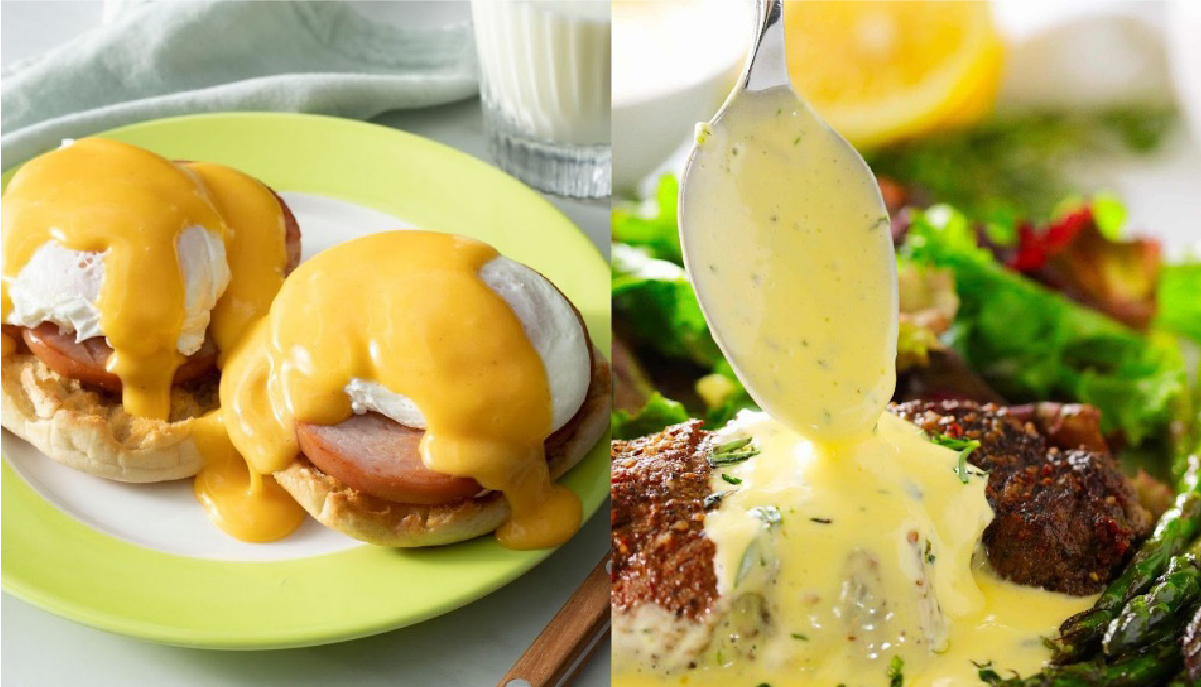
What they are: Emulsified sauces made with egg yolks and butter.
Used in: Eggs Benedict (hollandaise), grilled steak or vegetables (béarnaise).
Difference: Béarnaise includes a reduction of white wine vinegar, shallots, and tarragon for an herby brightness.
Chef tips:
- Temperature control is key. Whisk egg yolks over a bain-marie (double boiler) gently.
- Melted butter should be added slowly while whisking to create a smooth emulsion.
- If the sauce splits, a spoonful of warm water or another egg yolk can help rescue it.
These sauces are luxurious and fragile — but when done right, they’re utterly divine. And yes, students in our culinary arts diploma course will learn both traditional methods and modern stabilising tricks to perfect them.
Chef Tips for Sauce Perfection
At Le Cordon Bleu Malaysia, we emphasise the artistry and precision of saucemaking. Here are a few golden rules:
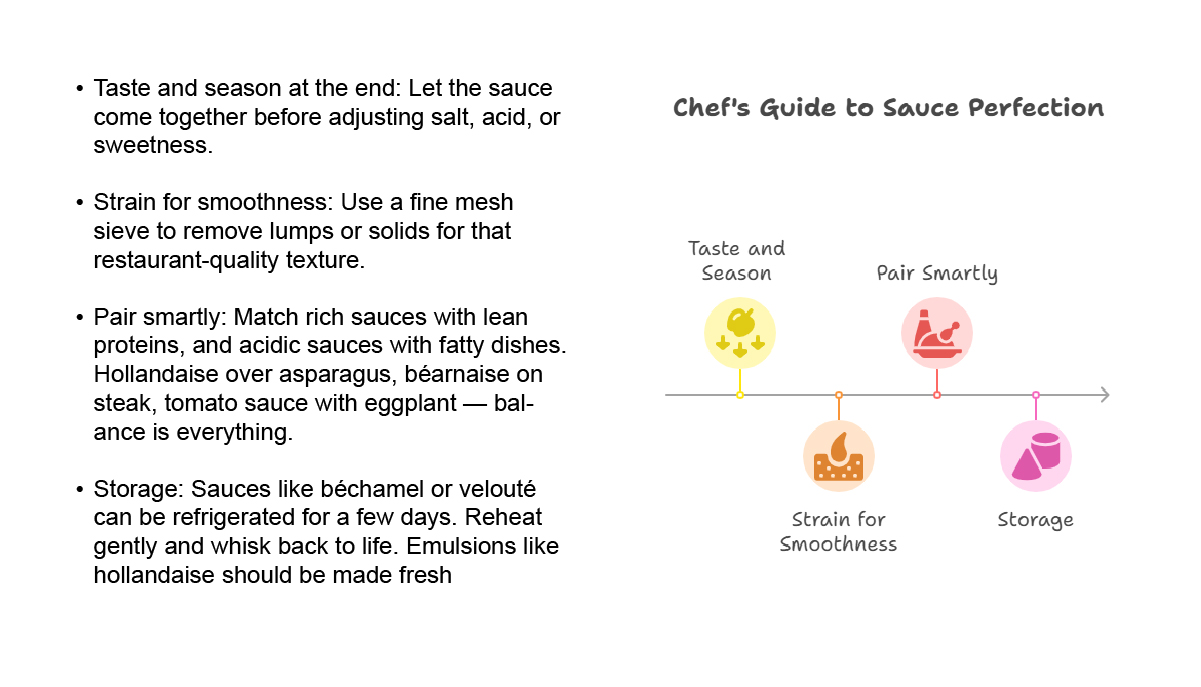 We also teach how to adapt these classics for plant-based diets — using techniques covered in specialised Malaysia chef training programs for modern dietary trends.
We also teach how to adapt these classics for plant-based diets — using techniques covered in specialised Malaysia chef training programs for modern dietary trends.
Perfect the Art of Sauces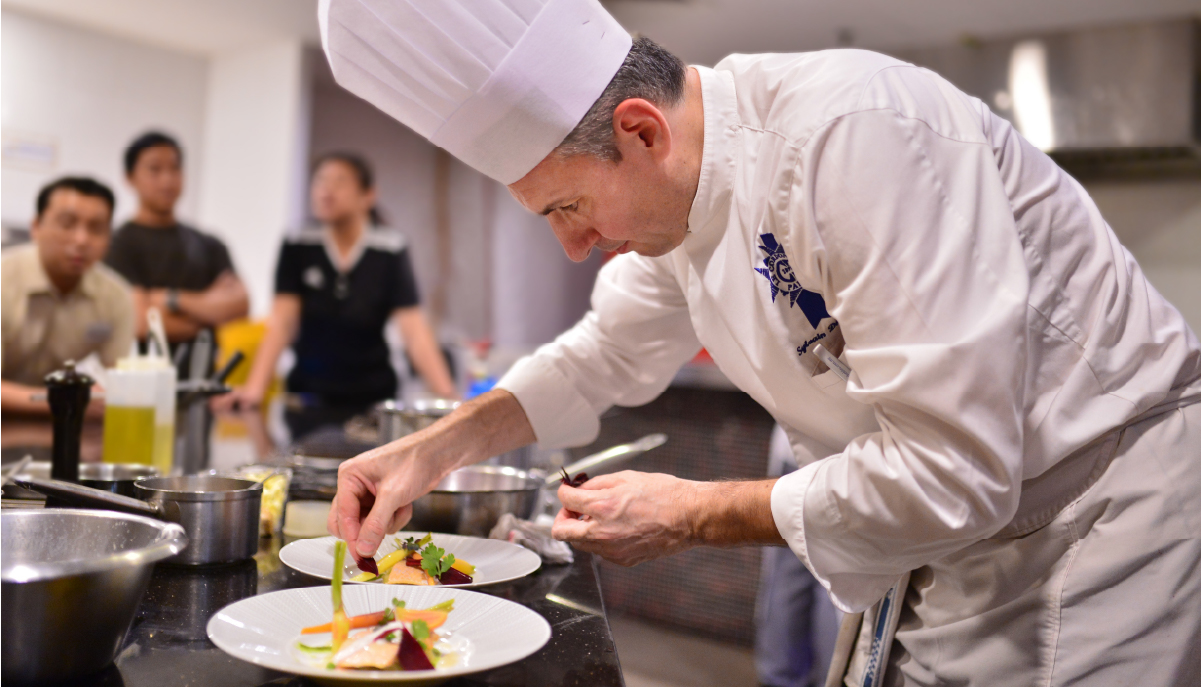
In the world of fine cuisine, sauces are more than just an addition — they’re a signature. They reflect a cook’s confidence, timing, and creativity. Whether preparing a rustic family meal or a Michelin-level dégustation, your sauce speaks volumes.
Le Cordon Bleu Malaysia invites you to perfect the art of sauces — and so much more — through our world-renowned culinary course in Malaysia. Whether you're pursuing a diploma in culinary arts, a short course, or a professional plant-based chef training, you'll learn from the very best at a top-ranked culinary institute with deep roots in tradition and innovation.
👉 Discover the secret to making every dish memorable. Enrol in our next intake and take the first step toward sauce mastery and beyond.
For more information, WhatsApp us at 019-305 2586 or email to malaysia@cordonbleu.edu.








 We also teach how to adapt these classics for plant-based diets — using techniques covered in specialised
We also teach how to adapt these classics for plant-based diets — using techniques covered in specialised 